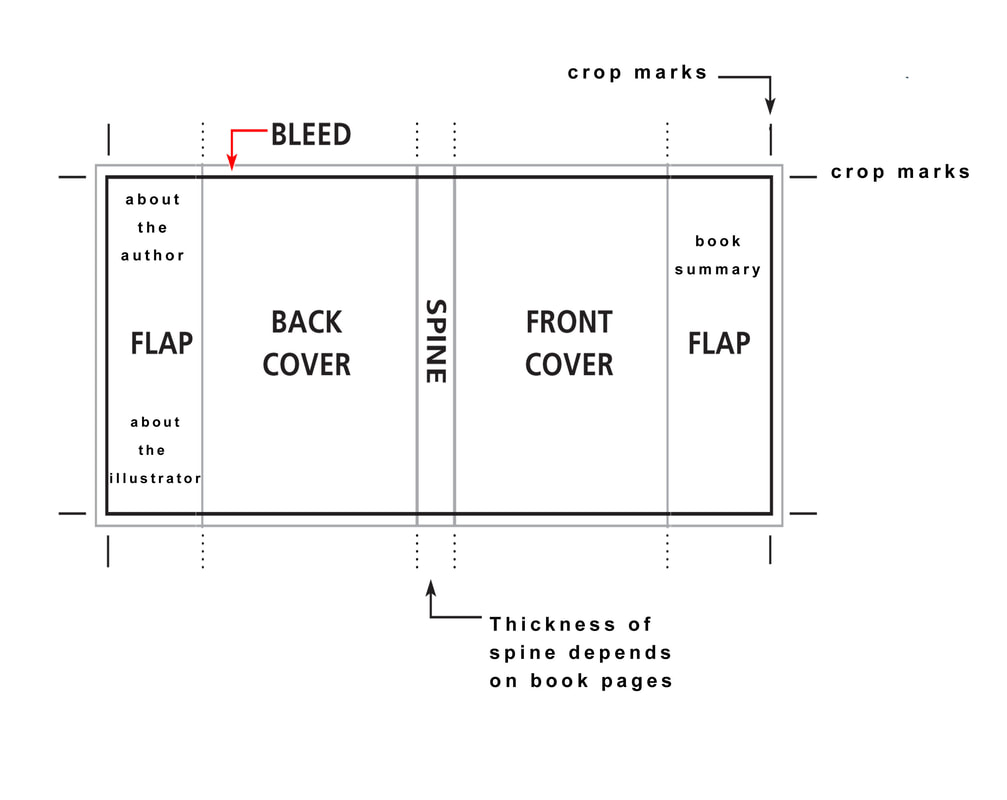Book Jacket Design Assignment
|
Assignment : Book Jacket Design
In this assignment we will explore book jacket design and the anatomy of a dust jacket and will work within the fundamental design theory and multi media in order to create a personal and original design/illustration that conveys the idea of a novel and appeals to a consumer. Discussion The goal of the book jacket is to convey its contents to the viewer. Think of the book jacket as a small poster wrapped around a book form with flaps on the front and back. Consider your demographic and how you can appeal to the consumer your design aesthetic in order for them to want to pick the book up and hopefully want to buy it. Check out Barnes and Noble; they continually sell/display old literature “classics” with a “fresh” look in order for them to appeal to a newer audience. Procedures CHOOSE YOUR NOVEL Check out the Book Jacket Anatomy Layout Guide image and information You will create your own original design for all phases of your book jacket; even your synopsis of the story in the inside flap will have to be in your own words; as well as the artist statement (you) for the illustrator credit. If you require an image, you must take the picture (however; you can use any of the stock images from the collage banks but they must be changed dramatically). If you need a texture, you must create it. Consider scanning from your sketchbook/scanning objects for even the smallest details or flourishes that might create a unique look. Maybe use your typeface you created or consider making a new font for the title. Consider working in multiple software programs. Start with a plan!…SKETCH first and submit your idea(s) to the instructor for design approval. Proof your work before turning in. Gather feedback from your peers – refine based on critique and submit final artwork for print. |
Anatomy of a Book Jacket
Format/Size
Book Jacket/Dust Jacket
|
ARTIST’s WRITTEN STATEMENT
The purpose of an artist statement is to promote reflection and critical thinking regarding your visual art and design in order to enhance visual awareness skills and processes for the audience in which your artwork is being shown to.
STANDARD FORMAT for your EXIT PORTFOLIO
Single page
Size 8.5 x 11
Typed 300-350 words
Font size 12,
Preferred Typeface; Calibri, Helvetica, Arial
(Consider the following when creating an artist statement for your Book Jacket Assignment)
Answer the following questions in a narrative style; write in a language that anyone can understand;
Consider why you make your art, how you make it, address the art elements and principles of organization and what design/art means to you
The purpose of an artist statement is to promote reflection and critical thinking regarding your visual art and design in order to enhance visual awareness skills and processes for the audience in which your artwork is being shown to.
STANDARD FORMAT for your EXIT PORTFOLIO
Single page
Size 8.5 x 11
Typed 300-350 words
Font size 12,
Preferred Typeface; Calibri, Helvetica, Arial
(Consider the following when creating an artist statement for your Book Jacket Assignment)
Answer the following questions in a narrative style; write in a language that anyone can understand;
Consider why you make your art, how you make it, address the art elements and principles of organization and what design/art means to you
- Describe the major idea, concept or artistic problem that lies at the heart of your design/artwork.
- Describe the most important thing you learned or observations about your process.
- Describe your artistic style and what has influenced you that in developing your artistic choices.
| 6x9-jacket-template.pdf |

